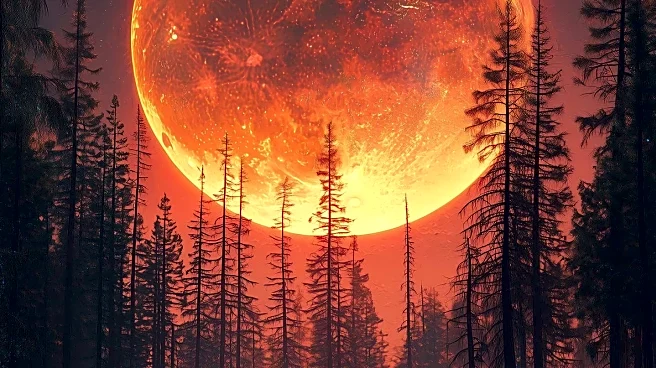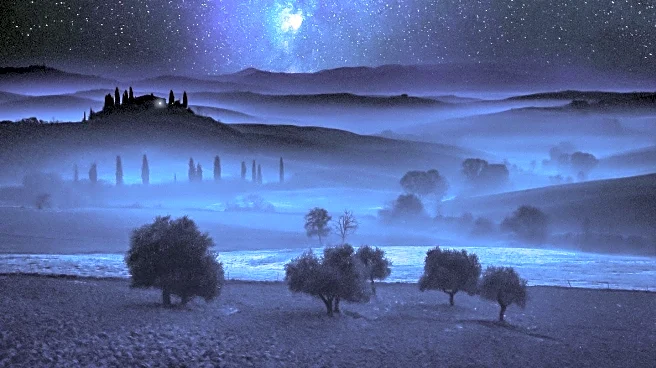Rapid Read • 7 min read
The Perseid meteor shower, known as the most popular meteor shower of the year, is set to peak late Tuesday night into Wednesday morning. The shower, originating from the debris of Comet Swift-Tuttle, typically offers a spectacular display with up to 100 meteors per hour. However, this year's peak coincides with a full moon, which may hinder visibility of the dimmer meteors. Despite this, the Perseids are renowned for their bright and colorful streaks, and the occurrence of fireball meteors could still provide a stunning show. Viewing conditions are expected to be favorable in the western U.S., northern Plains, and parts of the East Coast, while areas like the Southeast and Midwest may face cloud cover and rain.
AD
The Perseid meteor shower is a significant astronomical event that draws interest from both amateur and professional astronomers. It provides an opportunity for the public to engage with science and nature, fostering interest in astronomy and space exploration. The event also highlights the importance of preserving dark skies, as light pollution can significantly impact the visibility of celestial phenomena. The shower's occurrence during a full moon presents a unique challenge for observers, emphasizing the need for strategic viewing locations to maximize the experience.
As the Perseid meteor shower continues, observers are advised to find locations away from city lights and use natural barriers to block moonlight for optimal viewing. The shower will remain visible through late August, offering additional opportunities for observation. Astronomers and enthusiasts will continue to monitor weather conditions and potential interference from wildfire smoke, which could affect visibility in certain regions.
AD
More Stories You Might Enjoy










